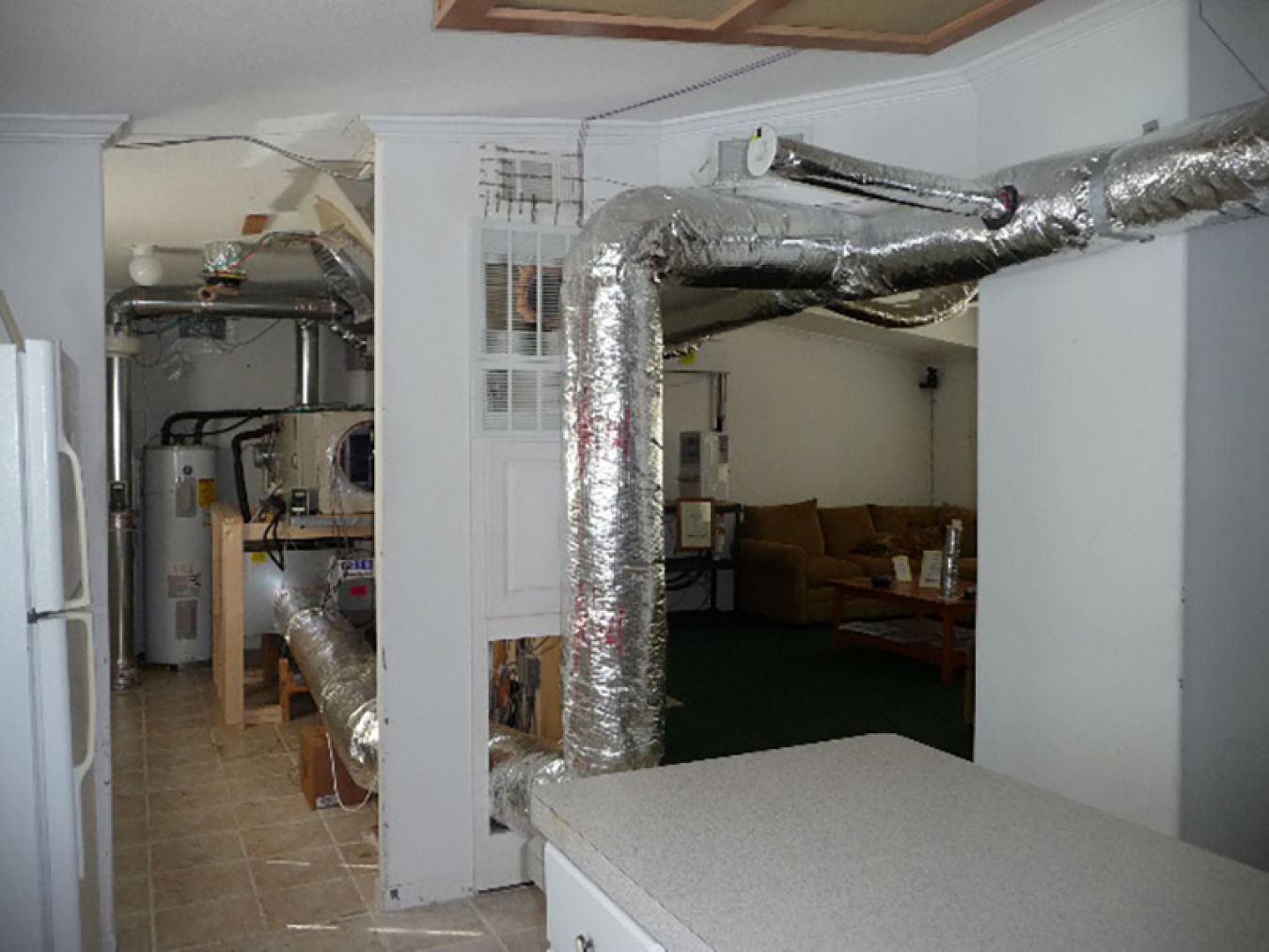
PROJECT INFORMATION
Team: University of Central Florida
Building Component: IAQ
Application: New Construction
Climate Zones: Hot-Humid
In today’s home building industry, heating and cooling loads are being significantly reduced thanks to the integration of well-sealed and highly insulated building enclosures, along with the use of efficient lighting and appliances. Although these advancements have been extremely beneficial to the industry, oversized conventional and fixed-capacity heating and cooling equipment is still commonly used for small homes, which is causing an increase in first costs and operating costs.
Cost is not the only challenge the industry is facing with heating and cooling equipment. This Building America project identified several space-conditioning issues unique to high-performance homes that impact energy use and comfort. To address these challenges, research was conducted in partnership with three equipment manufacturers who were also striving to understand the conditioning profiles of low-load homes. Researchers evaluated the performance of these three emerging strategies using variable-capacity systems to maintain whole-house comfort in low-load, mechanically vented homes:
- A centrally ducted, small-duct, high-velocity, variable-capacity heat pump
- A centrally ducted, mini-split heat pump with cassette air handling unit
- A ductless multisplit system using transfer fans to control temperatures in bedrooms
Research sought to validate system approaches for the energy-efficient management of temperature and relative humidity in low-load homes located in hot and humid climates. This is particularly challenging in homes with whole-house mechanical ventilation provided at ASHRAE 62.2 levels, such as the test homes in this research. A few of the recommendations from this project for manufacturers concerning the improvement of equipment performance that came out of this project include:
- Extending consistent run time of cooling systems during low-load hours will address high latent loads in low-load homes.
- Delivering low sensible heat ratio (and thus cold-supply airflows) during operation will help to control indoor relative humidity.
- Extending manufacturer’s standard operating airflow ranges and developing special low-airflow modes is essential to improving dehumidification and system efficiency in low-load homes.
- Refining the low-flow accuracy and control algorithm will lower coil airflow so that low capacity and long runtimes can be achieved without overcooling.
Read more about this success story in the technical report.
Learn more about Building America’s work.

